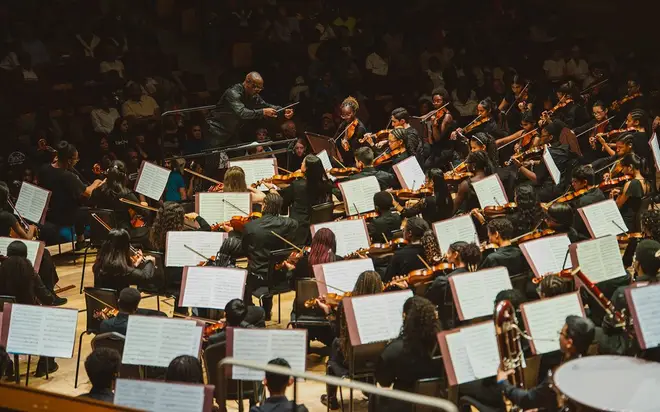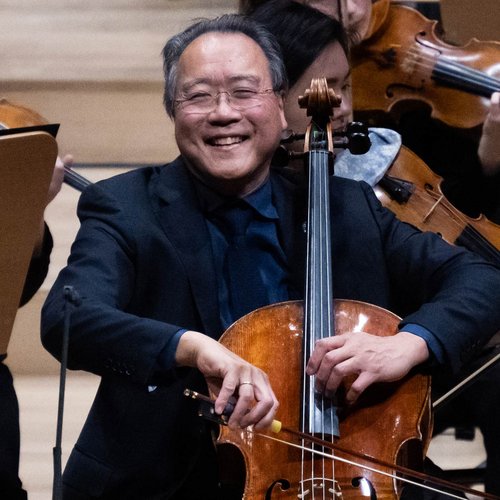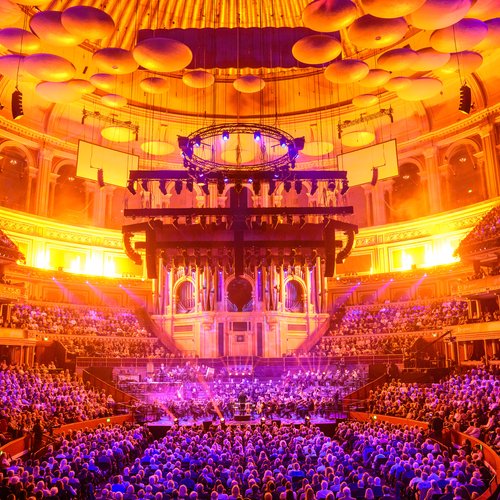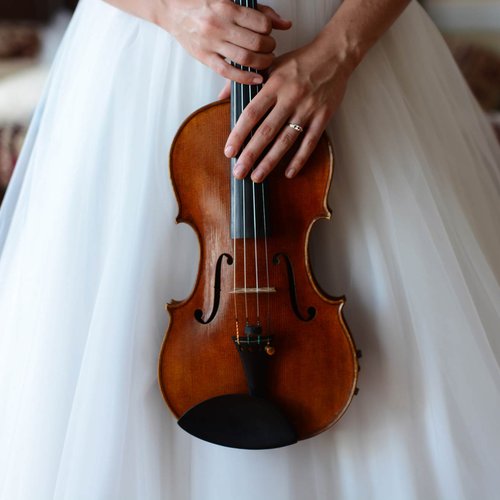What is a symphony? We explain…
20 February 2024, 12:09 | Updated: 20 February 2024, 13:37

Music can express almost anything. And when it comes to musical expression, there is arguably no better vehicle than the symphony. But have you ever wondered what a symphony is?
Listen to this article
From Mozart to Mahler, symphonies account for some of the most exhilarating musical experiences.
Broadly speaking, they are scored for full orchestra – string section, brass, woodwind, and percussion – with three to four movements which are characterised by tempo or mood.
If you go to the symphony today, you can expect to see between 30 and 100 musicians on the concert stage, all playing in glorious harmony.
Read more: What’s the difference between a symphony and a philharmonic orchestra?

Florence Price’s groundbreaking Symphony No.1 ‘Finale’ at Classic FM Live
What is the origin of the symphony?
The term ‘symphony’ comes from two ancient Greek words – syn (‘together’) and phoneh (‘sounding’).
Nowadays, we think of a symphony as a large-scale work for orchestra. But when the word ‘symphony’ or ‘sinfonia’ first appeared on a title page at the end of the 16th century, it was introducing a much simpler kind of piece altogether – mainly a piece of music to introduce an opera or a ballet, which in today’s language we would bill as an overture.
Come the early 18th century, Italian composers were starting to expand these little pieces into three movements: fast, slow and, usually, faster still. These ‘symphonies’ were still much shorter than we’d imagine today.
Early pioneers of the symphony included Italy’s Giovanni Battista Sammartini (1698-1775), one of the first symphonists who wrote 78 of them in total, and Bohemian composer Johann Stamitz (1717-57), who composed 58 and began expanding the structure, adding a fourth movement and wind instruments.
From there, Haydn and Mozart took the baton, adding more musicians. By this point, symphonies were being played by up to 30 musicians. And so, the classical symphony was born.

Beethoven’s Fifth Symphony as a body percussion epic played by hundreds of schoolchildren
How did symphonies evolve?
By the late 18th century, a symphony had multiple distinct movements, with the first always in sonata form. Classical symphonies had a certain set of rules, but rules are made to be broken – and so, that’s exactly what the Classical era’s most famous composer did.
Mozart extended the form with his glorious ‘Jupiter’ Symphony No.41, paving the way for other composers, including Beethoven, to experiment further.
The ‘Eroica’ Symphony gave way to a new period of classical music, the Romantic Era. Beethoven also took inspiration from external ideas like the countryside, which hadn’t been done before. He also added voices, in his ‘Choral’ Symphony No.9.
Then came the Late Romantics, Mahler and Berlioz, who expanded the symphony to unparalleled proportions. Symphonies were being written for orchestras of over 200 musicians, with five movements telling stories of composers’ homelands, discoveries of new territories, and full death-to-life narratives.
“The symphony must be like the world – it must embrace everything,” Mahler declared.
Composers also added non-orchestral instruments to their symphonies, like Saint-Saëns in his ‘Organ’ Symphony No.3.

The INTENSE silence at the end of Mahler’s Ninth Symphony
OK, so what actually is a symphony?
A symphony is a large scale, orchestral work, usually made up of four movements defined by contrasting moods and tempos. Most composers opt for at least one more lively movement, an ‘Allegro’ or a ‘Vivace’, and one slower movement, an an ‘Adagio’, ‘Andante’ or ‘Largo’. The Finale is almost always a more intense or epic movement, to signal the work’s climax.
Today, composers continue to write for the popular form, which lends itself to such variety and musical contrast, allowing composers to write about anything, and for any instrument.
Symphonies can vary wildly in length and size of the orchestra, and to compose a symphony, is to take on hundreds of years of musical history – and continue to evolve it still, to excite audiences today.
Explore our list of top 15 symphonies of all time here.











































